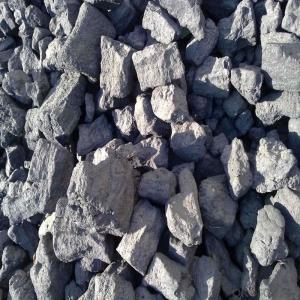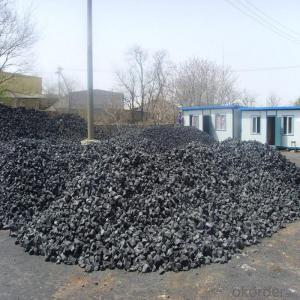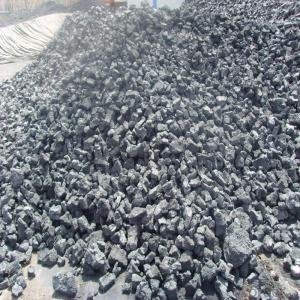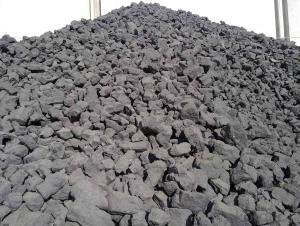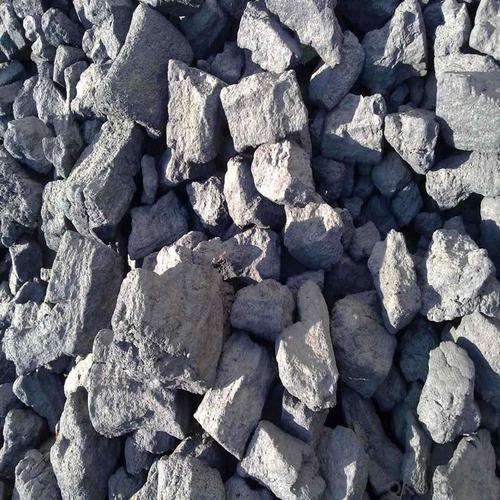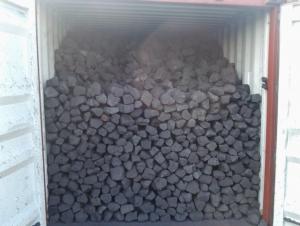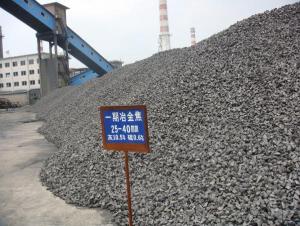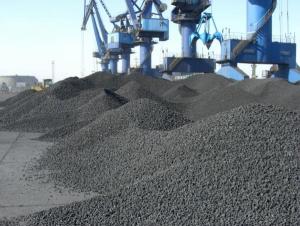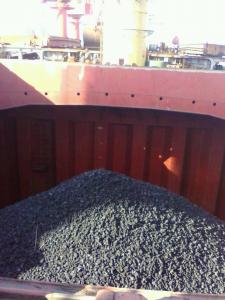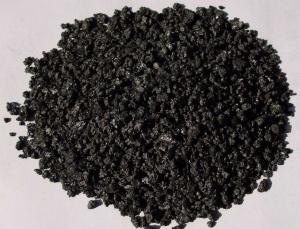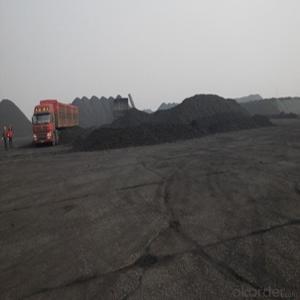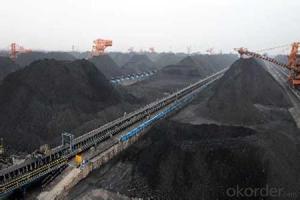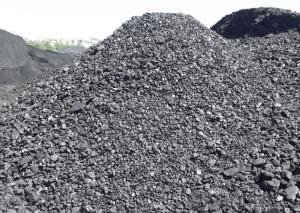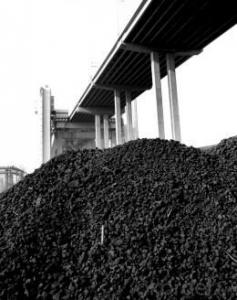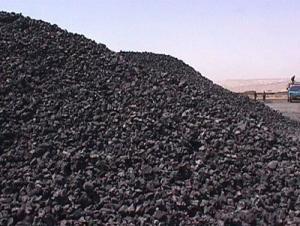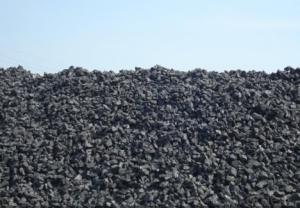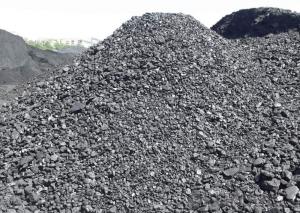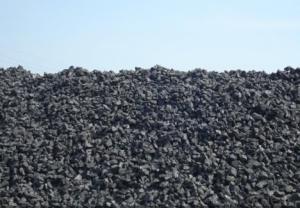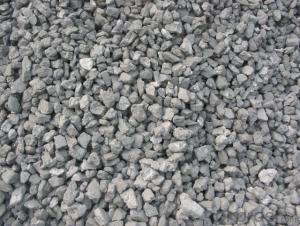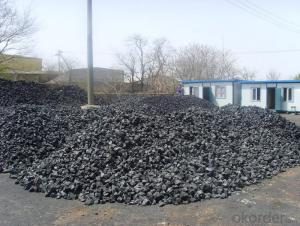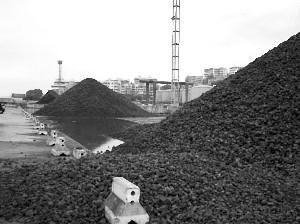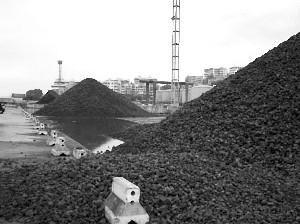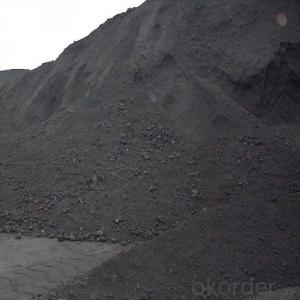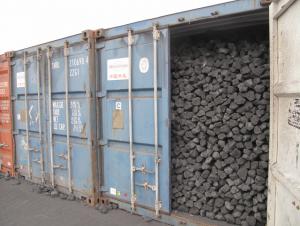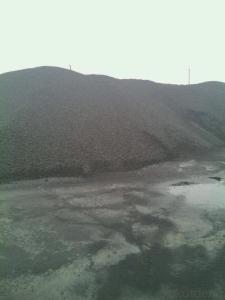CNBM Nut Coke with Normal Phosphorous
- Loading Port:
- Tianjin
- Payment Terms:
- TT OR LC
- Min Order Qty:
- 100 m.t.
- Supply Capability:
- 3000 m.t./month
OKorder Service Pledge
OKorder Financial Service
You Might Also Like
1. Structure of Nut Coke with Normal Phosphorous Description:
Coke is made by high temperature metallurgical coke for blast furnace smelting, casting and gasification. Occurring in the process of coking after recovery and purification of coke oven gas is a high calorific value of fuel, is an important industrial raw material in organic synthesis.
Coke is mainly used for blast furnace ironmaking and used for copper, lead, zinc, titanium, antimony, mercury and other non-ferrous metal smelting of blast furnace, reducing agent, compound and the function of stock column frame.
Blast furnace with Coke instead of charcoal, which laid a foundation for the large-scale of modern blast furnace, is a major milestone in the history of metallurgy.
2. Main Features of the Nut Coke with Normal Phosphorous:
• Quality assurance
• Mutual benefit
• Preferential price
• Various choice
3. Nut Coke with Normal Phosphorous Images:
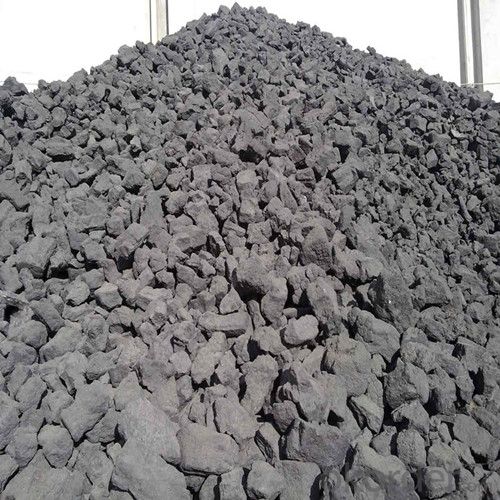
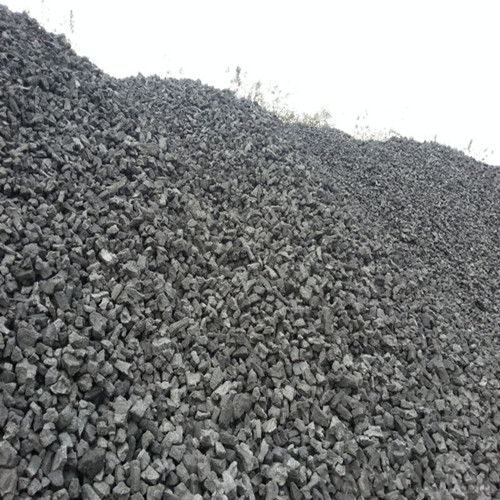
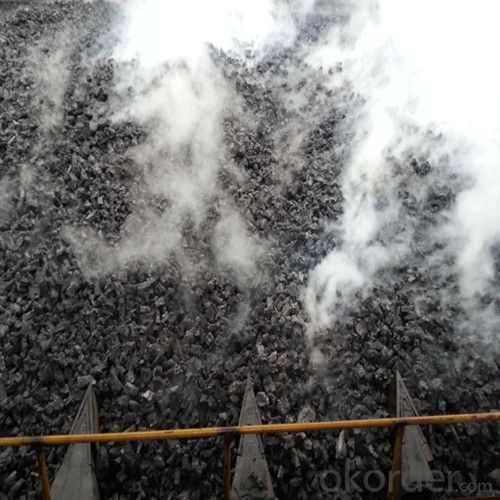
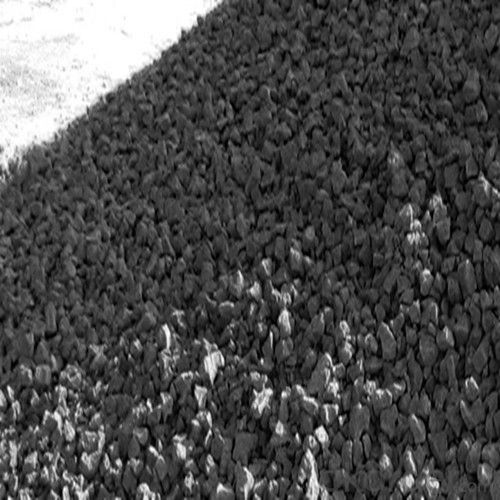
4. Nut Coke with Normal Phosphorous Specification:
Parameters | Guarantee | Rejection |
Total Moisture ( As received basis ) | 8% max | |
Ash ( dry basis ) | 12.5% max | > 13.5% |
Volatile Matter ( dry basis ) | 1.5% max | > 1.8% |
Sulphur ( dry basis ) | 0.70% max | > 0.80% |
Phosphorus ( dry basis ) | 0.035% max | > 0.045% |
Size 10-30 mm | 90% min | |
+30 mm | 5% max | > 8% |
-10 mm | 5% max | >8% |
5. FAQ
We have organized several common questions for our clients,may help you sincerely:
1) How to guarantee the quality of the products?
We have established the international advanced quality management system,every link from raw material to final product we have strict quality test;We resolutely put an end to unqualified products flowing into the market. At the same time, we will provide necessary follow-up service assurance.
2) What are coke's main physical properties?
The average heat capacity is 0.808 kj/(KGK) (100 ℃), 1.465 kj/(KGK) (1000 ℃)
Thermal conductivity is 2.64 kj/(MHK) (room temperature), 6.91 kj/(MHK) (900 ℃);
Ignition temperature (air) is 450-650 ℃.
3) How about your company?
Our company began to export coke when China cancelled 40% of coke export tariffs and quotas on January 1, 2013. We export many kinds of coke, such as CSR60 % and CSR 62% metallurgical coke (met coke), the NUT coke of 20 to 50 mm, coke breeze of 3 to 6 mm, and so on.
- Q: Which heroes know, please give the source of the data.
- Each ton of refining coke can produce 430 cubic meters of gas, half melted combustion, the other half must be recovered with a special device, it can only be discharged directly into the air or "point sky lanterns
- Q: What is cokeWhat applications are, what is the fire of Malachite copper
- Coke is used for heating, and coke is also used as a reducing agent to process the iron ore, the oxide ore, the malachite is the copper oxide
- Q: What are the uses of these early industrial iron and steel? Any difference?What kind of carbon do we eat in the middle of a long strip of carbon?
- Coke:The utility model is mainly used for blast furnace ironmaking and smelting of blast furnace for non-ferrous metals such as copper, lead, zinc, titanium, antimony, mercury, etc.. The use of coke instead of charcoal in the blast furnace has laid the foundation for the large-scale development of modern blast furnaces and is a major milestone in the history of metallurgy. In order to achieve better technical and economic indexes of blast furnace operation, the coke (metallurgical coke) must have proper chemical and physical properties. In addition to a large number of coke used in iron smelting and non-ferrous metal smelting (metallurgical coke), but also for casting, chemical, calcium carbide and iron alloy, the quality requirements are different. Such as foundry coke, generally require large size, low porosity, high fixed carbon and low sulfur; chemical gasification, strict requirements for strength, but requires good response, high ash melting point; calcium carbide and coke production requirements to improve the fixed carbon content.
- Q: What is the difference between coking plant and coke plant
- Ha-ha,Coking plant, is a chemical industry, a variety of products,,Such as the production of coal tar, gas, coke and other chemical raw materials
- Q: China's coke iron smelting began in what time?
- In the early period of the Warring States period, China has mastered the technology of decarbonization and heat treatment. The late Warring States period, but also invented a reusable "Iron Fan" (made of iron casting metal utensils of the hollow device). The Western Han Dynasty, appeared the crucible process. At the same time, the further expansion of the scale of shaft furnace. In 1975, in the vicinity of Zhengzhou guxing town discovered and unearthed Han iron smelting sites, site area of 120 thousand m2, two parallel excavated foundation of blast furnace, blast furnace volume of about 50m3
- Q: Some experimental results summarized the following two facts: the coke can not be used to restore aluminum mine, but it can be used for the reduction of copper and iron; no containing copper sulfate solution with tin, thus the activity sequence C, Al, Cu, Fe of the four elements is ______.
- There is no containing copper sulfate solution with tin. Because the copper iron can be displaced from the salt solution in their description, copper and iron;To sum up, we can know that C, Al, Cu, Fe four elements of the order of activity is Al > C > Fe > Cu;The answer is: Al > C > Fe > Cu.
- Q: Why is coke used in blast furnace steelmaking?Why not use coal?
- The role of coke in blast furnace steelmaking is as follows:(1) providing heat: the coke burns fiercely in the raceway in front of the tuyere of the coke oven, and the heat generated by the combustion is the main heat source in the process of blast furnace smelting.
- Q: I see that there are metallurgical coke and coke on the Internet, what is the difference between them (I hope to be able to say in detail) and a level of two points, how is this going on?.. Where is the quality of coke in China? Hunan good coke plant which? Although the problem is a little bit more, I hope that insiders can give some useful information. Extremely grateful.
- The following indexes: Metallurgical Coke metallurgical coke: fixed carbon, 86%; calorific value 7300cal/kg; ash < 12%; volatile < 1.9%; all 5% "0.6%" water; sulfur; two metallurgical coke: fixed carbon 84.5-85%; calorific value 7000cal/kg; ash < 13.5%; volatile "1.9% full" water; 6%; "three sulfur 0.7%; metallurgical coke: fixed carbon 83-84.5%; calorific value 6500cal/kg; ash < 15%; volatile < 1.9%; all 6%" 1% "water; sulfur;
- Q: How long should it be to store coke in the open air
- And the most important thing is to avoid the sun. Coal and coke, like the sun, the temperature inside the stack is very high. So try to cool down.
- Q: What is coke and how is coke classified?
- Metallurgical coke is coke, coke, iron alloy coke and non-ferrous metal smelting coke for metallurgical coke collectively. More than 90% are used in blast furnace, the furnace coke often called metallurgical coke. Metallurgical coke quality standard Chinese formulation (GB/T1996-94) is the blast furnace quality standards.Gasification coke is a kind of coke, which is specially used in the production of gas. It is mainly used in the fixed bed gas producer with solid slag, as the raw material to produce CO and H2 gas:C+O2 - CO2+408177KJCO2+C - 2CO-162142KJC+H2O - CO+H2-118628KJC+2H2O - CO2+2H2-75115KJBecause the process of producing the CO and H2 are endothermic reaction, need heat supplied by the coke combustion, so the heat is gasified char gasification process. The gasification coke required low ash content, high ash fusion point, block degree appropriate and uniform. The general requirements are as follows: >80% fixed carbon ash; 1250 degrees Celsius; volatile 84%, ash
Send your message to us
CNBM Nut Coke with Normal Phosphorous
- Loading Port:
- Tianjin
- Payment Terms:
- TT OR LC
- Min Order Qty:
- 100 m.t.
- Supply Capability:
- 3000 m.t./month
OKorder Service Pledge
OKorder Financial Service
Similar products
Hot products
Hot Searches
Related keywords
